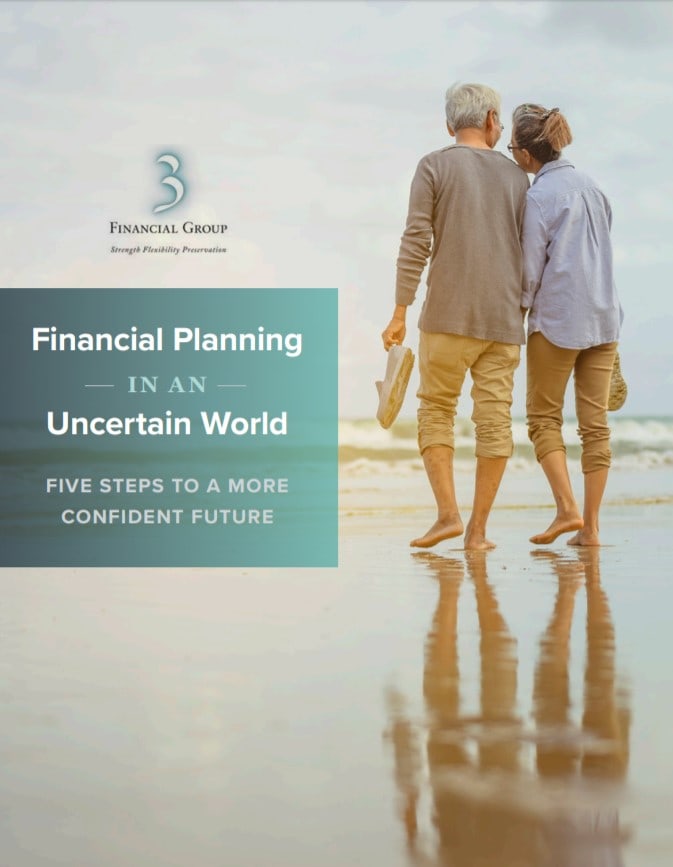It’s easy to say “stay calm” but harder to actually walk the walk.
Keeping emotions out of investment strategies can be challenging even on a normal day. Add a dose of a health pandemic, in this case the worldwide coronavirus, and you could have a recipe for widespread investor panic. Unfortunately, that recipe could be a breeding ground for long-term retirement savings consequences.
As we have seen, COVID-19 is wreaking havoc on financial markets, both in the U.S. and abroad. Recently, the Dow Jones Industrial Index has resembled a car dealership air dancer, wildly flailing about, bending all the way to the ground and then randomly bouncing straight back up for a moment or two.
However, there are lessons to learn from history. By looking back in time, we might be able to educate and inform investor actions today.
Lesson #1: Dollar cost averaging
It is a simple investment strategy where plan participants invest a fixed amount into the same fund or investment asset over a gradual period of time. When the investment prices are reduced, investors get a chance to purchase more units, and this can help to reduce price volatility.
Lesson #2: Learn from History
Participants should focus on their long-term financial goals, not short-term fluctuations. Even during such market fluctuations as the 2001 tech bubble, the 2008 market crash and the Great Recession, the average growth rate of the S&P 500 still produced positive annual returns.
Lesson #3: Timing the market
To help weather difficult market turns, portfolios should reflect both a risk and asset allocation approach. This includes diversification, both regionally and by product (stocks, bonds, cash and alternative asset classes). Participants should avoid making any knee jerk reactions, such as moving all of their assets from equities to bonds in the hopes of avoiding any losses due to volatility.
Lesson #4: Throwing in the towel
Post-2008, one study found that 27% of respondents either stopped saving for retirement or adding to their 401(k).[1] At the same time, according to a Fidelity Investments report, the average 401(k) retirement plan balance rose by 466% to $297,700 between 2009 and 2019.[2] Millennials’ average retirement savings of $7,000 in Q1 of 2009 grew 1,762% to just under $130,000 in 2019. Translation: participants shouldn’t stop saving for retirement in market downturns.
Lastly, try not to watch the markets with myopic intensity. Immediately prior to the COVID-19 pandemic, the U.S. was experiencing low unemployment, solid GDP and job growth, and a so-called “Goldilocks” economy (overall, neither too hot or cold). This is different from the economy we saw during the 2008-2009 housing crisis.
Analysis after analysis of past financial events show that when investors don’t make panicked decisions, they are more likely to ride out volatility and come out ahead.
While we understand that is all easier said than done, please contact us if you have any questions, concerns, and/or want to talk because we’re here to help.

Joanna Amberger
CERTIFIED FINANCIAL PLANNER™
3 Financial Group
1888 Kalakaua Avenue, Suite C312
Honolulu, HI 96815
808.791.2925
www.3FinancialGroup.com
[1] “Betterment’s Consumer Financial Perspectives Report: 10 Years after the Crash.” Sept 2018. Betterment. https://www.betterment.com/uploads/2018/09/Betterment-Consumer-Financial-Perspectives-Report.pdf
[2] “Fidelity® Q1 2019 Retirement Analysis: Account Balances Rebound From Dip In Q4, While Savings Rates Hit Record Levels.” May 2019. Fidelity. https://www.fidelity.com/bin-public/060_www_fidelity_com/documents/press-release/quarterly-retirement-trends-050919.pdf
This information was developed as a general guide to educate plan sponsors and is not intended as authoritative guidance or tax/legal advice. Each plan has unique requirements, and you should consult your attorney or tax advisor for guidance on your specific situation.
Past performance is no guarantee of future results. Indexes cannot be invested into directly.
Investing in stock includes numerous specific risks including: the fluctuation of dividend, loss of principal and potential illiquidity of the investment in a falling market.
Bonds are subject to market and interest rate risk if sold prior to maturity. Bond values will decline as interest rates rise and bonds are subject to availability and change in price.
Alternative investments may not be suitable for all investors and should be considered as an investment for the risk capital portion of the investor’s portfolio.
Dollar cost averaging involves continuous investment in securities regardless of fluctuation in price levels of such securities. An investor should consider their ability to continue purchasing through fluctuating price levels. Such a plan does not assure a profit and does not protect against loss in declining markets.
There is no guarantee that a diversified portfolio will enhance overall returns or outperform a non-diversified portfolio. Diversification does not protect against market risk.
©401(k) Marketing, LLC. All rights reserved. Proprietary and confidential. Do not copy or distribute outside original intent.


